Creative Outlets: Sometimes More is Better
 As writers, we have a tendency to get very, very obsessed with writing. Heck, you’re reading this, which leads me to believe that you’re the sort of person who spends their free time reading about writing, when you’re not, you know, writing. Nothing wrong with that, and there’s something to be said about perfecting your craft through the simple application of time and effort—in other words, writing constantly.
As writers, we have a tendency to get very, very obsessed with writing. Heck, you’re reading this, which leads me to believe that you’re the sort of person who spends their free time reading about writing, when you’re not, you know, writing. Nothing wrong with that, and there’s something to be said about perfecting your craft through the simple application of time and effort—in other words, writing constantly.
But I’ve come to value alternative modes of creativity for one simple reason: It’s nice to get back to that 100% selfish, totally low-stakes kind of creative fun I used to have with writing before I started to make my living with my words.
Three Chords and a Nap
As you might know, I play guitar. I am a painfully typical middle-aged white man; I always wanted to be one of the cool kids and play guitar and start a band and overdose on heroin, but I never got around to learning, and then when I was in my 30s my wife forced me to take lessons (annoyed, no doubt, by my complaining) and since then I’ve been composing and recording actual songs.
No, seriously. I give you The Levon Sobieski Domination. No, this isn’t an up-and-coming rock band. It’s just me.
Now, I don’t think for one moment that my songs are all that great (though I am proud of them in the way only a creator can understand) and I don’t expect anyone to ever care all that much about my music. Unlike my writing, I am pretty certain I know just how mediocre my musical abilities are. But I’m having fun, and I believe that anything worth creating is worth distributing somehow, and so I put these albums together.
So where does writing come into it? The whole point is that the stakes for my music are low, kid. No one cares whether I record these songs or not. And I don’t expect to ever make a dime from them. So I get to just … well, relax and have fun and create just for creation’s sake. I don’t have to worry about sales or revision notes or sales figures. I just have fun, make something cool, and then dump it on the unsuspecting 5-10 people who will accidentally click on these links and then back slowly away from their computers, disturbed.
It’s important to have that, I think. You work so hard to make your writing a professional, money-making operation you can get in your own head a bit about whether an idea is worth it. With music, I just do all the ideas, because why not? No one’s ever gonna hear it anyway, despite my shambolic efforts.
As a bonus and possibly a bit of super secret marketing genius, half my song titles are direct references to my books.









